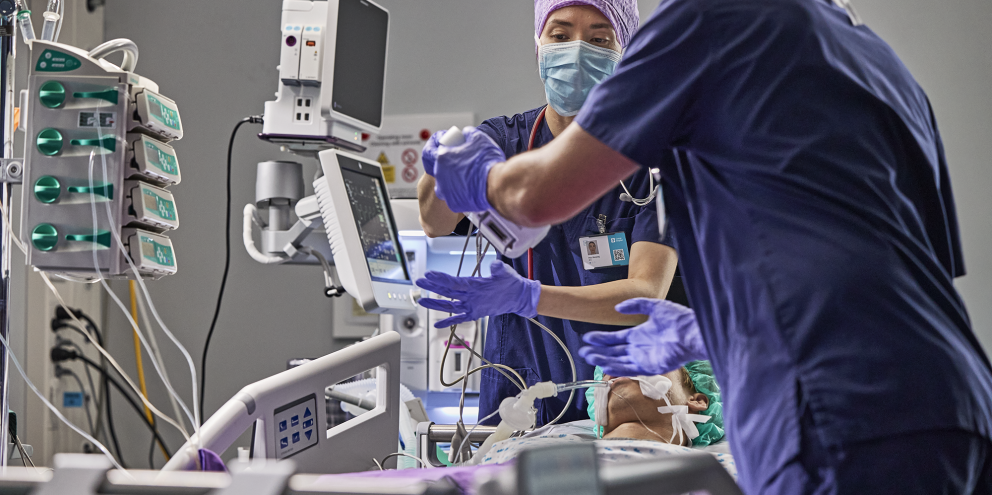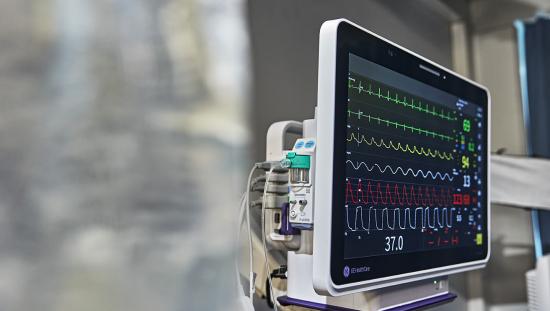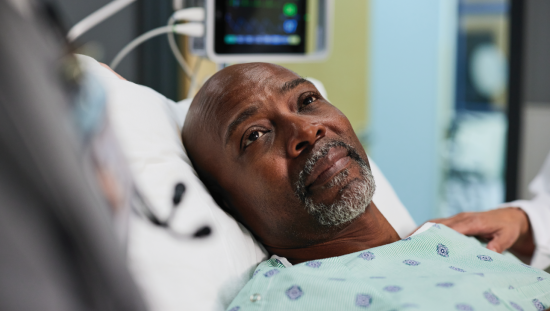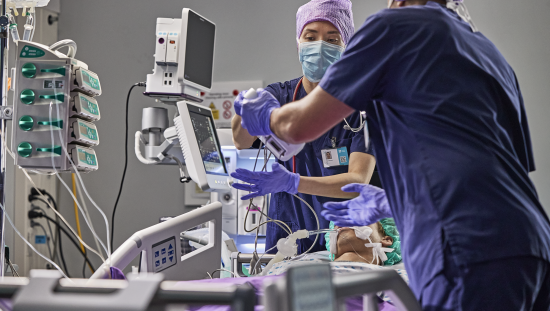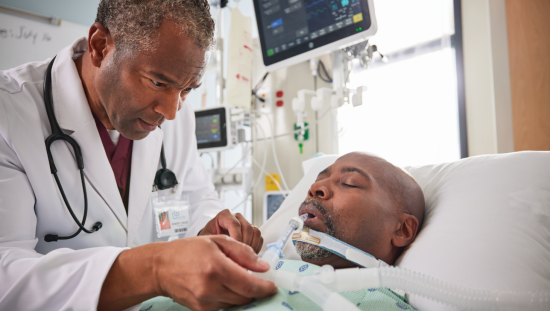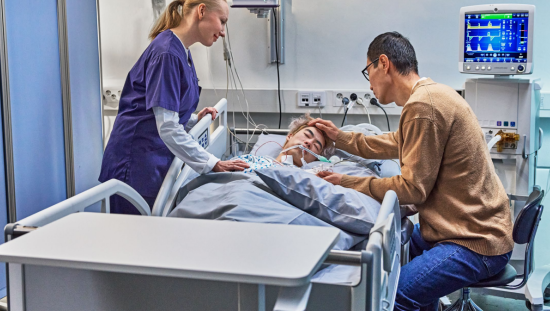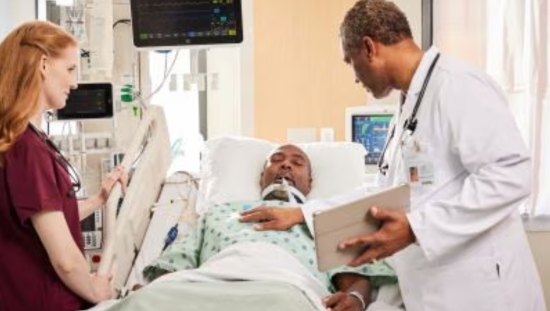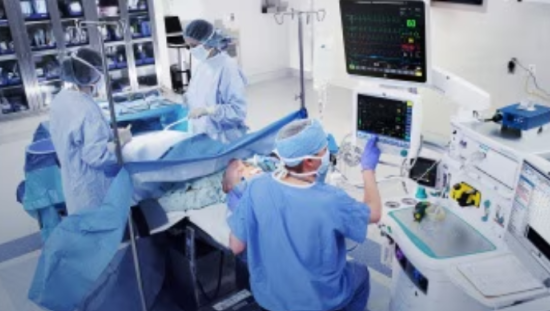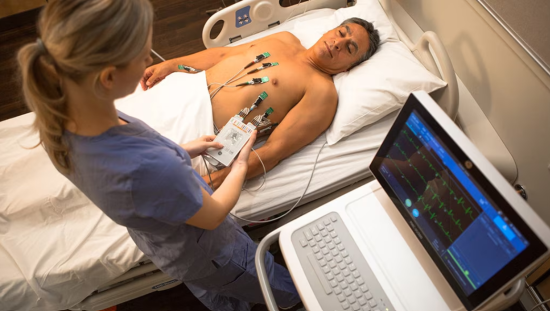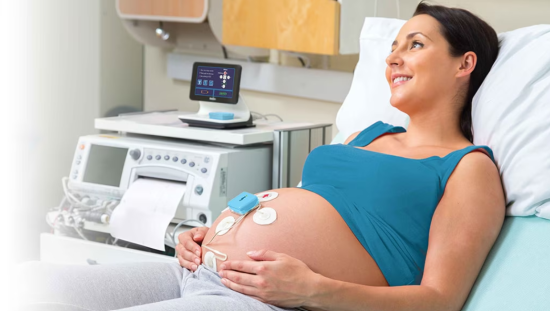Healthcare under pressure: The real cost of complexity
Healthcare institutions today are facing a convergence of challenges that threaten both clinical quality and operational sustainability. Staffing shortages are intensifying, with tens of thousands of nurses expected to retire annually through 2030. This strain leads to increased workloads, clinician burnout, and a higher risk of medical errors1.
Alarm fatigue compounds the issue. In critical care environments, over 85% of alarms are non-actionable, desensitizing staff and delaying responses to genuine emergencies2. Meanwhile, infection control remains a persistent concern, especially in high-acuity settings where frequent contact with monitoring devices can increase the risk of cross-contamination3.
Operational inefficiencies further exacerbate these problems. Fragmented systems and manual workflows slow down care delivery, inflate costs, and reduce staff productivity4. These challenges are not isolated—they are systemic, affecting patient safety, staff well-being, and financial performance.
Technology that adapts to the realities of modern care
Scalable monitoring platforms offer a transformative solution. These systems are designed to meet the diverse needs of modern healthcare environments, from high-acuity ICUs to general wards.
By integrating smart alarms and intuitive interfaces, they enhance clinical responsiveness and reduce cognitive load. Infection control is supported through innovations like hand gesture alarm silencing, which minimizes unnecessary contact and helps reduce the spread of pathogens3.
During intra-hospital transport, advanced monitors maintain uninterrupted data flow, ensuring continuity of care and reducing the risk of complications5. These platforms also streamline workflows and reduce training time, enabling clinicians to make faster, more informed decisions.
The result is a more agile, efficient, and safer care environment—one that empowers clinicians and protects patients.
Strategic value that extends beyond the bedside
The impact of choosing the right monitoring platform goes far beyond immediate clinical benefits. Scalable systems support consistency across departments, reducing variability and improving outcomes. They also contribute to financial sustainability by optimizing resource use and supporting value-based care models4.
For staff, intuitive systems reduce frustration and burnout, improving job satisfaction and retention1. And because these platforms are modular and interoperable, they adapt to evolving clinical needs, protecting long-term investments and enabling innovation.
In short, the right monitoring platform is not just a tool—it’s a strategic asset that aligns with institutional goals and drives long-term performance.
GE HealthCare: Driving innovation in scalable monitoring
GE HealthCare is at the forefront of scalable monitoring innovation, offering solutions that address these challenges head-on.
FlexAcuity™ and Carescape Canvas™
The Carescape Canvas platform enables personalized monitoring across acuity levels, supporting seamless transitions and enterprise-wide scalability. Its modular design allows hospitals to tailor monitoring to patient needs while maintaining consistency across care areas6.
🔗 Explore FlexAcuity and Carescape Canvas
Hand gesture alarm silencing
This innovative feature allows clinicians to silence alarms with a simple wave, reducing contact and supporting infection control protocols. It’s a small change with a big impact on hygiene and workflow efficiency3.
🔗 Read the article on hand gesture alarm silencing
Carescape ONE™ for intra-hospital transport
Designed for mobility, Carescape ONE ensures uninterrupted monitoring during patient transport, preserving data integrity and supporting clinical decisions across transitions5.
🔗 Learn more about Carescape ONE
The bottom line: monitoring that moves healthcare forward
Scalable monitoring platforms are more than devices—they are strategic enablers of better care, stronger operations, and long-term institutional success. For clinical leaders, the path to excellence starts with choosing technology that grows with you, supports your teams, and delivers for your patients.
Let your monitoring platform be the heartbeat of your hospital’s transformation.
References
- American Nurses Association. (2023). Nurse Workforce Projections.
- Cvach, M. (2012). Monitor Alarm Fatigue: An Integrative Review. Biomedical Instrumentation & Technology.
- GE HealthCare Clinical View. (2024). The Role of Hand Gesture Alarm Silencing in Infection Control.
- HIMSS Analytics. (2021). The Value of Interoperable Monitoring Systems in Hospital Efficiency.
- GE HealthCare Clinical View. (2024). The Importance of the Right Level of Monitoring During Intra-Hospital Transport.
- GE HealthCare. (2024). Carescape Canvas and FlexAcuity Overview.

